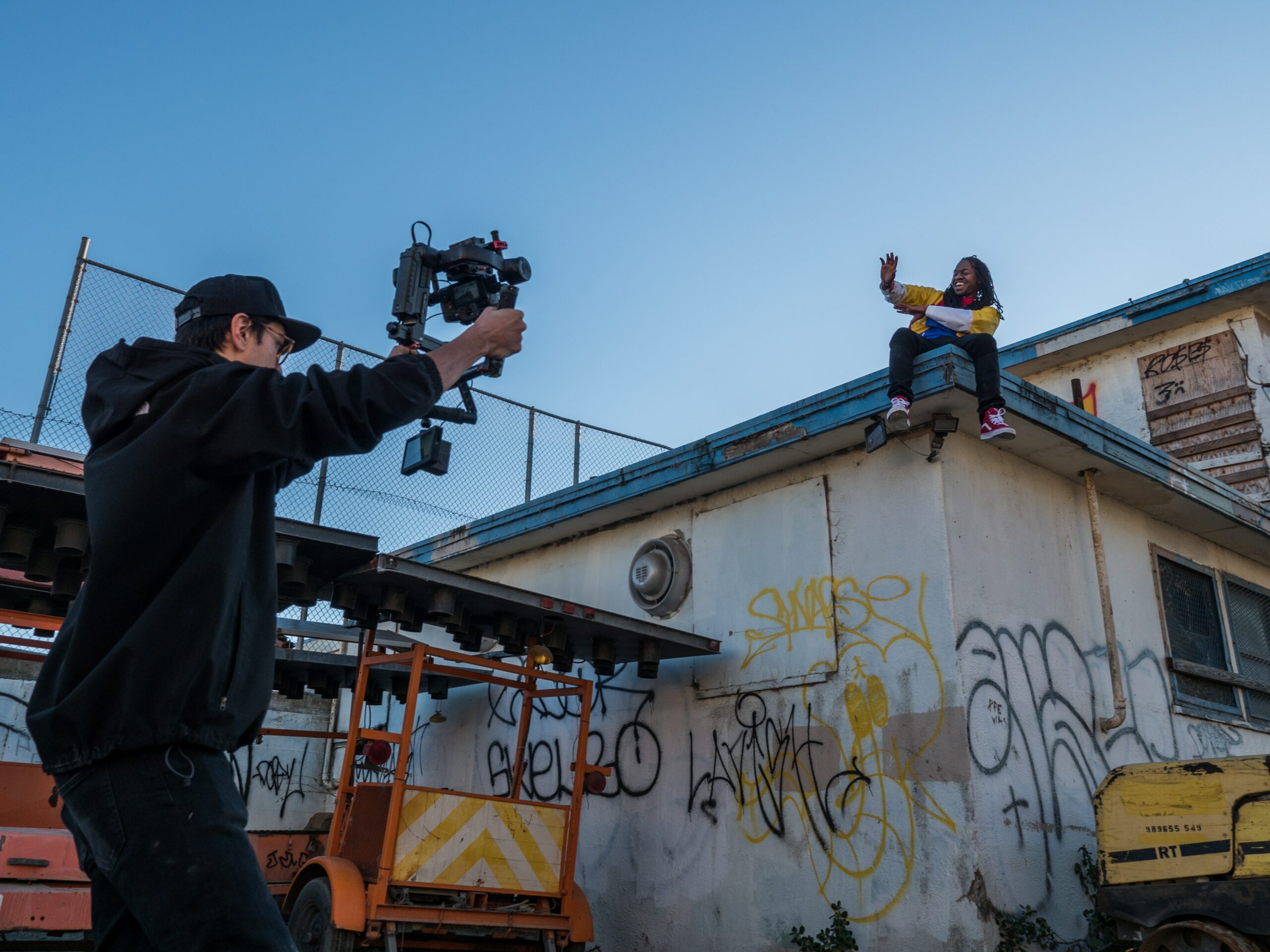The YouCount research team, active in Siklósbodony since 2021, presented their methodological findings at the conference titled “Visuality, Action, Participation – Visual Interventions and Participatory Research” on 20 October, 2023 at Eötvös Loránd University (ELTE), Budapest. The conference organisers invited artists, filmmakers, social researchers, and students from different universities in Hungary to provide an overview of the current field of visual social interventions within the social sciences.
Filmmaker Ms. Sára Haragonics and lead researcher Mr. Márton Oblath presented the methodological innovation carried out in collaboration with local youngsters. They presented the general context of how participatory action research (PAR) and citizen social science (CSS) make use of arts-based working formats. They discussed how the role of artistic activities is defined in these contexts and explored whether emerging methodological expectations toward hands-on practice are divergent or complementary. Continuous transposition of artistic articulations may lead to a saturated generalization of social experiences in a more open way. The issue of a tight, pre-designed methodology and a repertoire-based, more improvisational research strategy has also been raised.
The afternoon workshop, dedicated to the more specific research findings of the YouCount project in Siklósbodony, involved about 30 people, including researchers, filmmakers, university students, and two YouCount young citizen social scientists (Y-CS), Gina Bartáné Somogyi and Dominika Ágoston.
First, the YouCount framework was introduced, and specific challenges were presented that a tiny settlement of 120 inhabitants faced while trying to develop a sustainable agricultural farm relying on state financing but based on permaculture principles.
Next, the 25-minute-long participatory feature film entitled “What is Innovation?” was screened. Participating young people developed this piece of mystery science fiction film as a playful reflection on the social innovation process taking place in their village. The film not only offered an interpretive frame for local social innovations anchored in the experiences of young people but also meant an intervention. It intended to confront the village with one question: the priority order of four specific challenges emerging during the garden development process was thought to be addressed according to the young citizen scientists to help gardeners overcome perceived difficulties and maintain the farm. The four difficulties to be separated and addressed were water scarcity, health conditions, street maintenance, and loneliness or social isolation.
Following the screening, workshop participants were offered two options. They could either join a Q&A format discussion with the creators of the movie and delve into a more nuanced examination of how the movie reflects the local unfolding of the social innovation process. Alternatively, the audience could choose to participate in a one-hour participatory filmmaking exercise to generate visual replies to the specific questions posed by the actors on the screen.
Interestingly, more experienced researchers opted for direct discussion with the young citizen scientists. They were interested in the experiences of developing and maintaining a long-term relationship between the local inhabitants and the researchers, the possibilities of and obstacles to sustainable garden development in rural Hungary, and also pointed out the linearity of the unfolding social innovation and the momentum-oriented representation seen in the movie. Students and arts-based practitioners participated in the participatory video (PV) workshop. Their personal and funny reflection videos offered various answers to the questions raised by young researchers in the movie, also emphasizing the macro level and global embeddedness of the issues.
